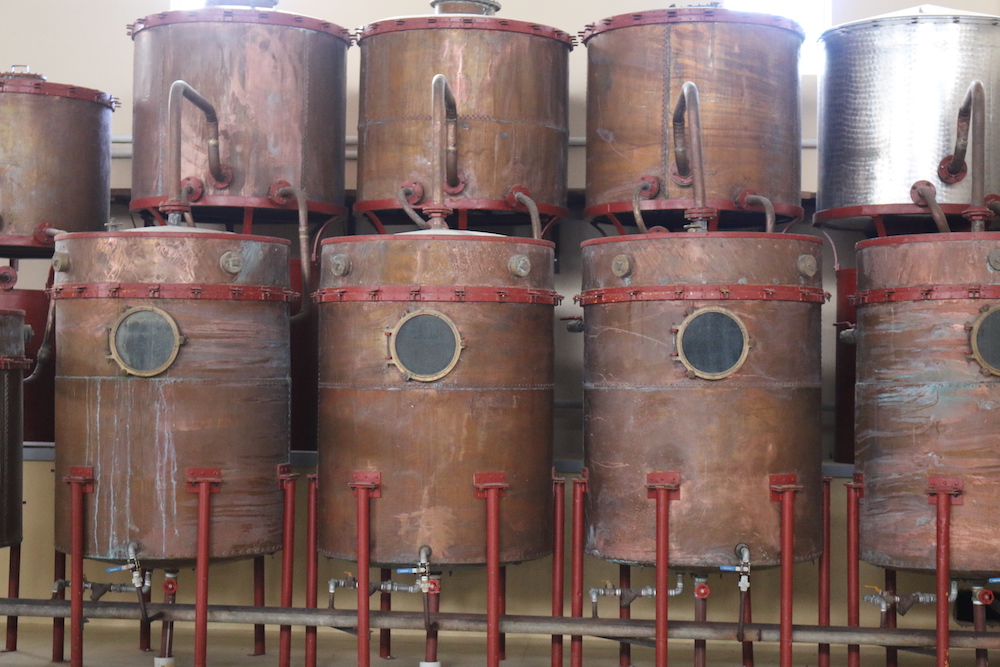The story of Singani – the Pisco of Bolivia
The Singani process and DO
How is Pisco different to Singani?
Put most simply, Pisco and Singani go through mostly the same process of production. The large difference is that Pisco can be made from several different grape varieties whereas Singani is only permitted from Moscatel de Alejandria.
It can be argued that this gives Singani a greater purity in expression, and it certainly is more focused on the fresh floral and fruit character. Whereas Peruvian Pisco typically has slightly more earthy expressions and a rounder mouthfeel.
Want to know more about the
wine regions of Bolivia?
ORDER YOUR COPY of The South America Wine Guide now!
E-book AVAILABLE ONLINE too.


